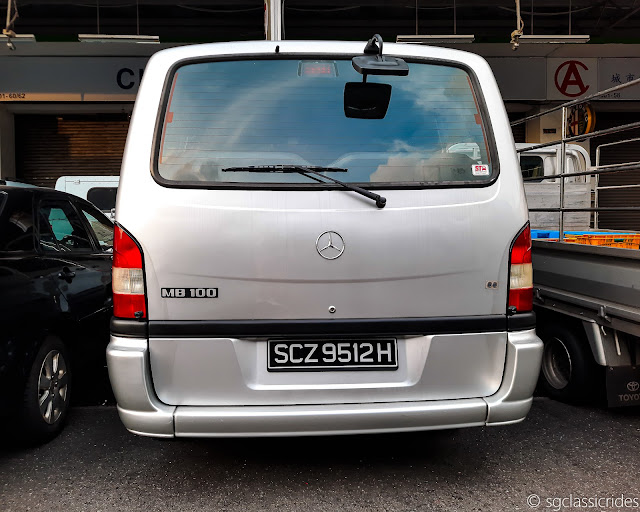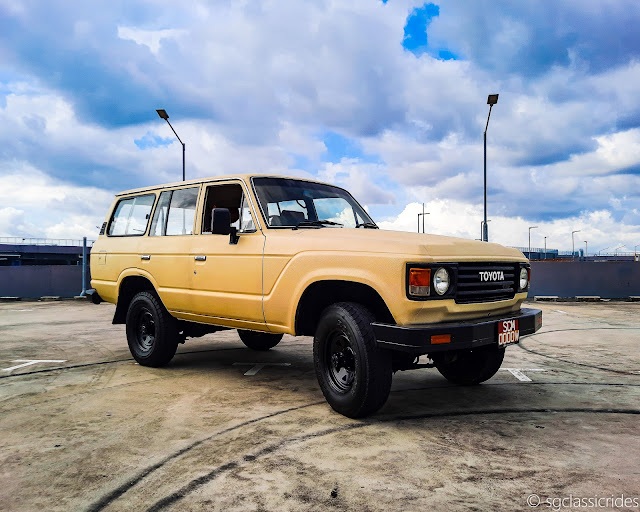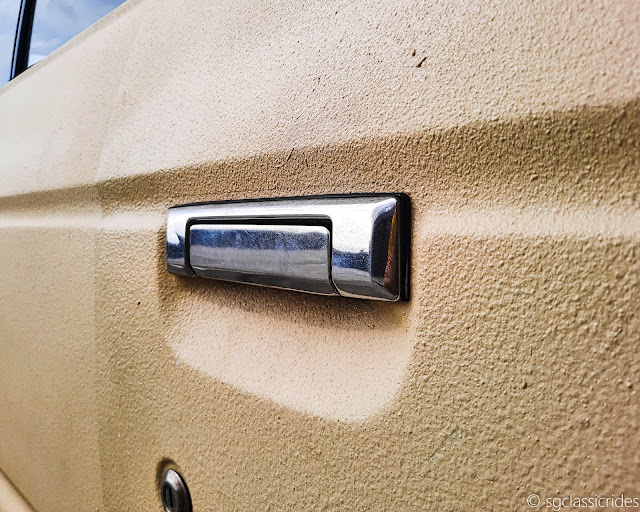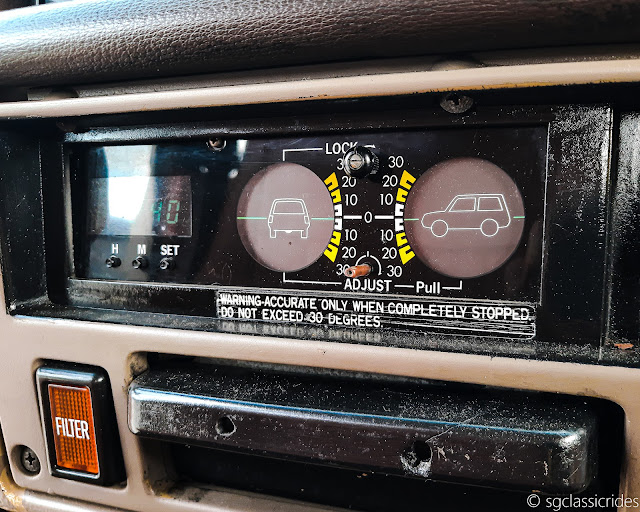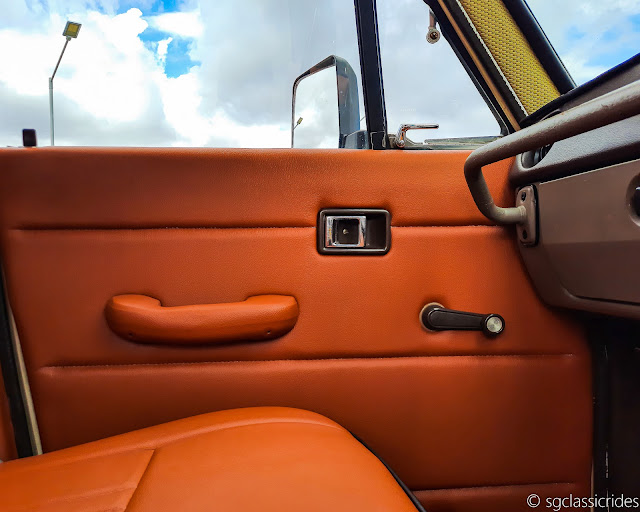There is always something appealing about boxy cars and especially one that has survived the test of time, just like this 1971 Fiat 125!
First released in 1967, the 125 was initially intended to be a filler model between the ageing 1500 and the then-nascent 132 project. The appeal of Fiat cars was quickly waning, and the responsibility of coming up with a new model in just 18 months without the need to set up new plants fell on Dante Giacosa. The new car body was derived from the successful 124 model but was a good 18 cm longer. There were also aesthetic adjustments such as a chrome grille with 4 square headlights and redesigned tail-lamps. In order to better adapt the new car to the needs of a sedan, the engine was also upgraded in size: maximum power remained unchanged but engine torque was improved, leading to a smoother delivery.
The interior composition of the 125 also set it apart from the competition: it featured reclining seats, a central armrest for the back seat, a reversing light and even an intermittent-interval windscreen wiper (a first for an European car). Added options such as heated rear windows, air conditioning and a steel sliding roof were also available for a fee. The dashboard was also user-friendly and one could have a clear view of the surroundings from the driver's seat, thanks to the large and steep windows and relatively high driver position. It was no wonder that the 125 was warmly received by the public and critics alike.
In 1968, a more powerful version known as the 125S/125 Special was made available. Externally, Special models had chromed wheel arches and the door handles were place above the coachline (compared to being in line for the normal model). In 1971, there was a facelift on Special models, featuring a different front end and larger tail lamps.
The Fiat 125 was also produced under licence in a few countries, most notably in Poland where it was sold as the Polski Fiat 125p. The Polish version was a simplified version of its Italian counterpart, featuring rounded headlamps, simpler front grille and rather outdated mechanicals from the Fiat 1500. Despite being objectively inferior to the Italian 125, almost 1.5 million 125ps were made and they have become a unique Eastern European icon. The Fiat 125 was only available in sedan form, but these foreign licensed versions had additional body styles such as wagon and pickup truck form.
The 125 was powered by a 1608 cc Fiat Twin-Cam i4 engine, allowing it to reach a top speed of 160 km/h with an acceleration of 12.7 seconds [0-100 km/h]. It had dimension of 4223 x 1611 x 1440 mm and weighed in at a respectable 1000 kg, with a fuel consumption of 9.9 litres/100 km.
Production of the 125 ended in 1972 with more than 603,000 made, where it was succeeded by the 132. 125s were sold in Singapore in 1968 by Syarikat Fiat Distributors (M) Sdn Bhd: despite gaining independence 3 years ago, many Malayan businesses continued to operate here until the 1970s. This particular unit is an original Singapore car down to its license plates and it has seen better days. I had always wanted to see it again ever since I caught a glimpse many years back. Seeing it just there was pretty much a "I finally found you" moment...
I am not aware of any newly imported 125s recently; it makes you wonder just how this lone survivor has persisted even as its counterparts disappeared from the roads. It is not often that you come across "last-man-standing" cars and I hope you will have the chance to see it some day!







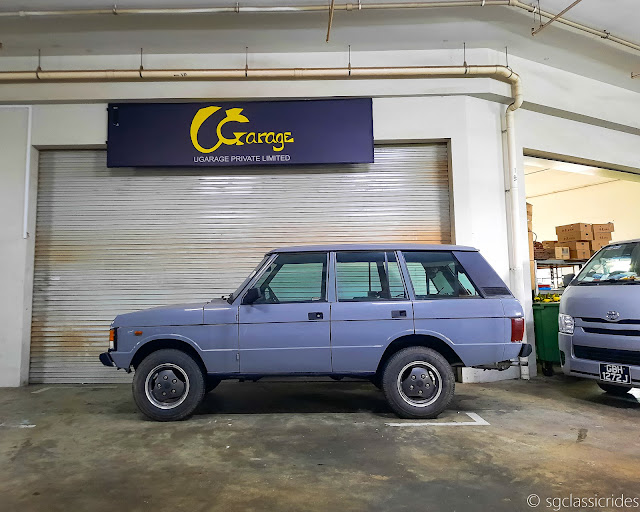





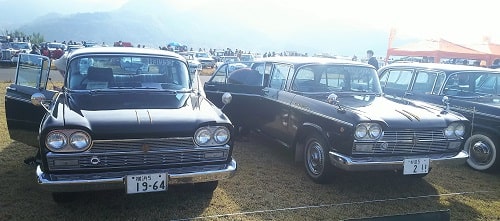
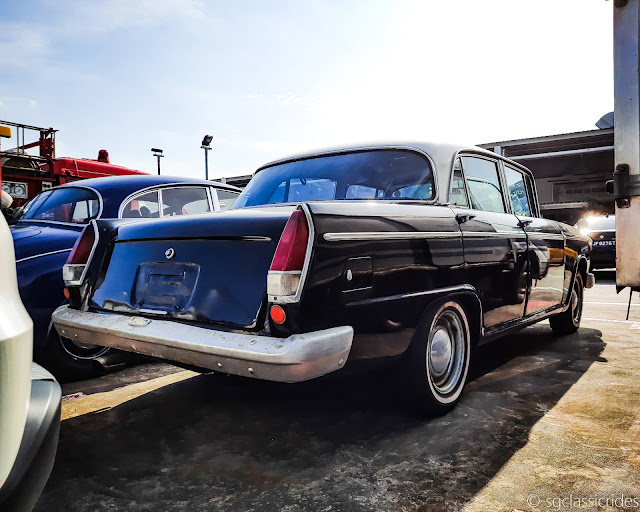






.JPG)



















